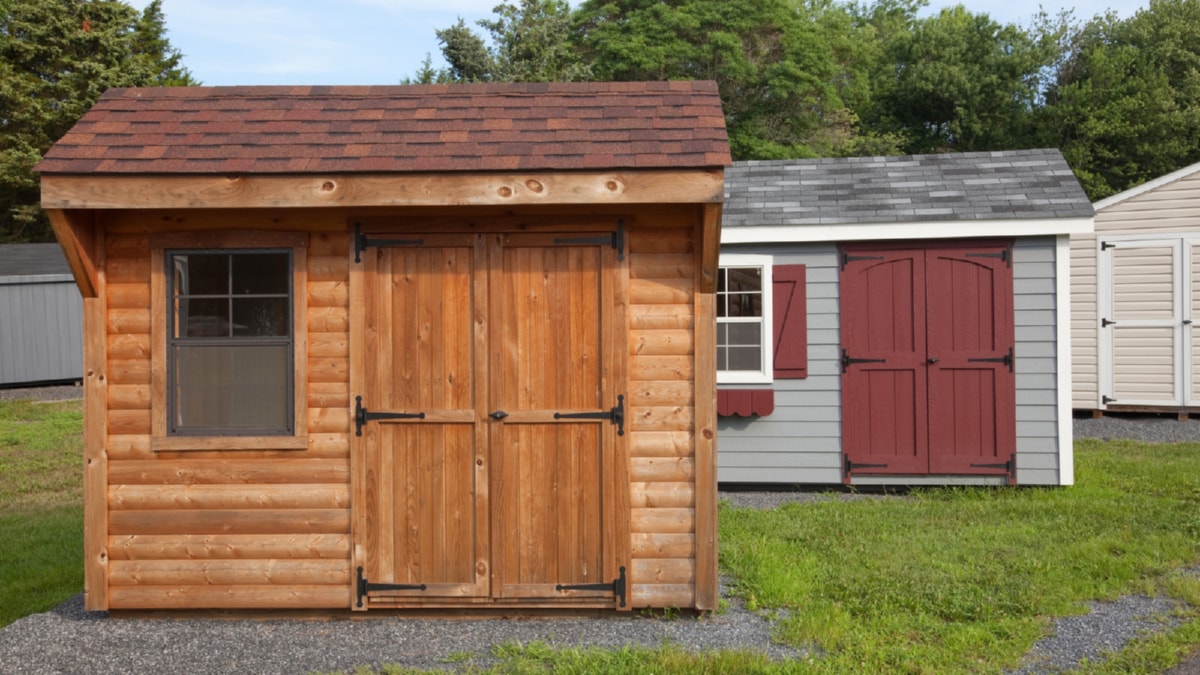Understanding the importance of green construction is crucial in today’s world. With the ever-increasing concerns of climate change and resource depletion, it’s become clear that we must find greener ways to build and maintain our structures. This article will delve into why green construction is important, and provide strategies to optimize your own eco-friendly building projects.
Green construction refers to the practice of creating structures and using processes that are environmentally responsible throughout a building’s lifecycle. This includes everything from constructing to maintenance, and even demolition. The goal is to reduce the overall impact of the built environment on human health and the natural world.
One of the key factors why green construction is crucial is its ability to reduce negative environmental impacts. Traditional construction methods often contribute to air and water pollution, and cause excessive energy use. Sustainable construction, on the other hand, employs energy-efficient materials and technologies that lead to reduced emissions and less waste.
In addition to environmental benefits, green construction can also lead to economic advantages. For instance, energy-efficient buildings usually have lower operating costs because they use less water and electricity. Over time, these savings can be significant. Moreover, green buildings often have higher property values and attract more tenants, making them a prudent investment.
Now that we’ve understood the importance of sustainable construction, let’s look at some ways to optimize your own projects. Firstly, it’s important to consider the site and its environment. Choosing a location that’s close to public transportation and amenities can reduce the need for private vehicles, reducing pollution and energy consumption.
Next, consider the materials you’re using. Opt for reclaimed materials wherever possible, and use locally sourced materials to reduce transport-related emissions. Also, consider the building design. Energy-efficient designs that take advantage of natural light and ventilation can significantly reduce a building’s energy needs.
Lastly, remember to consider the building’s lifecycle. Designing for resilience can reduce the need for frequent renovations, which can be wasteful and costly. Also, consider the end of the building’s life – can the materials be recycled or reused?
In conclusion, sustainable construction is not just a passing trend, but a requirement in the face of our current environmental challenges. By recognizing the importance of this approach and implementing these tips, we can all contribute to a healthier, more sustainable world.
.
For more details, check best chimney restoration and rebuild services or visit their business listing here.



